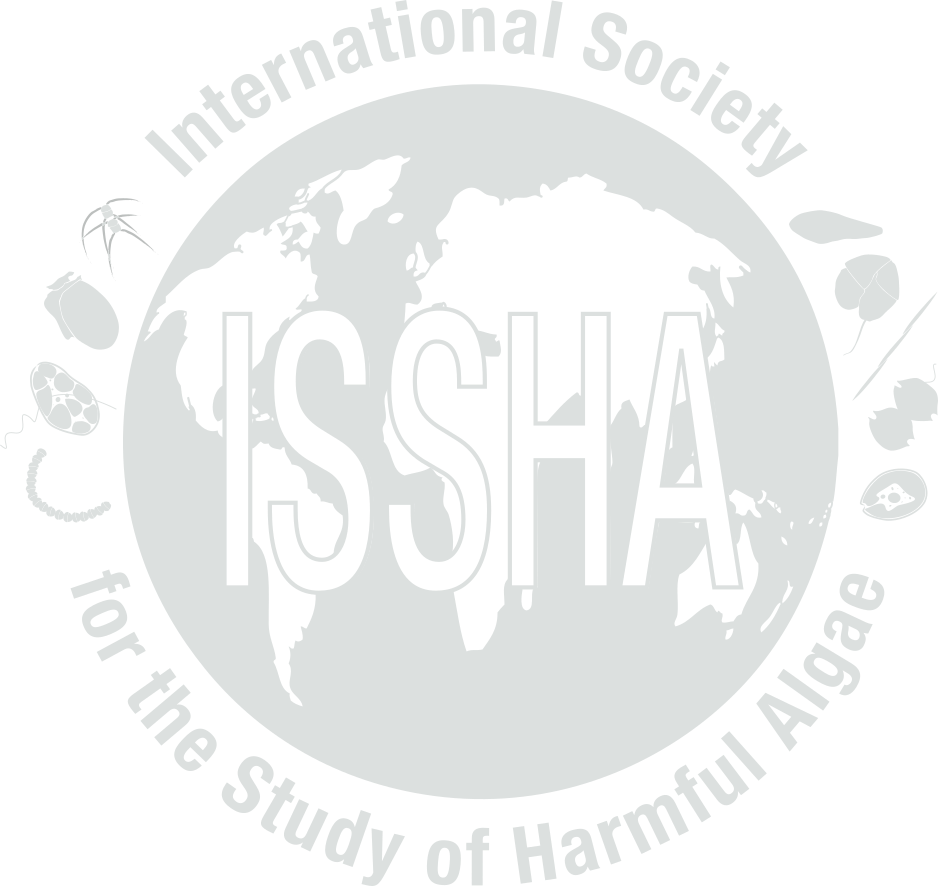


| Event name: | FI-18-001 | |
| Country: | FINLAND | |
|
Nature of the harmful event: |
High Phyto concentration | |
|
Event directly affected: |
Humans | |
| Toxicity detected: | No | |
| Associated syndrome: | Cyanobacterial toxins effects | |
| Unexplained toxicity: | ||
| Species implicated in toxin transmission (transvector): | ||
| Report the outcome of a monitoring programme: | Yes (Finnish phytoplankton monitoring) | |
| Event occurred before in this location: | Yes (A long-lasting and widespread bloom was last observed in 2014) | |
| Individuals to contact: | LEHTINEN, Sirpa , SUIKKANEN, Sanna | |
| Location: | Latitude: , Longitude: | |
| General location information: |
Gulf of Finland, Archipelago Sea, Åland Sea, Baltic Sea HAB Area code(s): FI-04 FI-05 FI-06 |
|
| Additional location information: | Blooms also in Bothnian Sea and N Baltic Proper | |
| Bloom event dates (yyyy/mm/dd): | ||
| Quarantine levels dates (yyyy/mm/dd): | ||
| Additional date-related information: | Bloom period: second wk of July - end of Aug | |
| Causative organism known: | Yes | |
| Causative Species/Genus: |
Aphanizomenon flos-aquae
( cells/L)
|
|
| Co-Ocurring Species/Genus: |
Nodularia spumigena
( cells/L)
Dolichospermum sp. ( cells/L) |
|
| Chlorophyll concentration, if known: | µg/l | |
| Additional bloom information: | ||
| Event-related bibliography: | https://www.syke.fi/en-US/Current/Summary_of_algal_bloom_monitoring_2018_S(47752) | |
|
||||||||||||||||||||||||||
| Nutrient information: | ||||||||||||||||||||||||||
| Temperature Range During Event: | Max: °C, Min: °C | |||||||||||||||||||||||||
| Salinity Range During Event: | ||||||||||||||||||||||||||
| Bloom location in the water column: |
Surface |
|||||||||||||||||||||||||
| Growth: | ||||||||||||||||||||||||||
| Growth Comments | ||||||||||||||||||||||||||
| Additional Environmental information: | ||||||||||||||||||||||||||
|
|||||||
| Kit used: | Type of kit used: | ||||||
| Additional information: | The bloom was not tested for toxicity. Blooms of Nodularia spumigena in the Baltic Sea are hepatotoxic, and Dolichospermum sp. may also be hepatotoxic. Species identification was done by microscopy. | ||||||
| Economic losses: | |||||||
| Management decision: | Media was informed to alert people. The bloom situation was declared exceptional by Finnish environmental authorities and a special task group was appointed for 16.-30.7.2018 to inform media and citizens on up to a daily basis. | ||||||
| Additional harmful effect information: | |||||||
